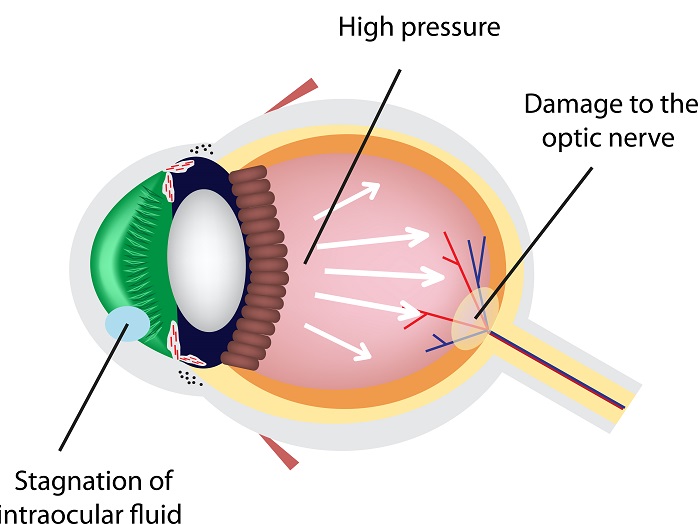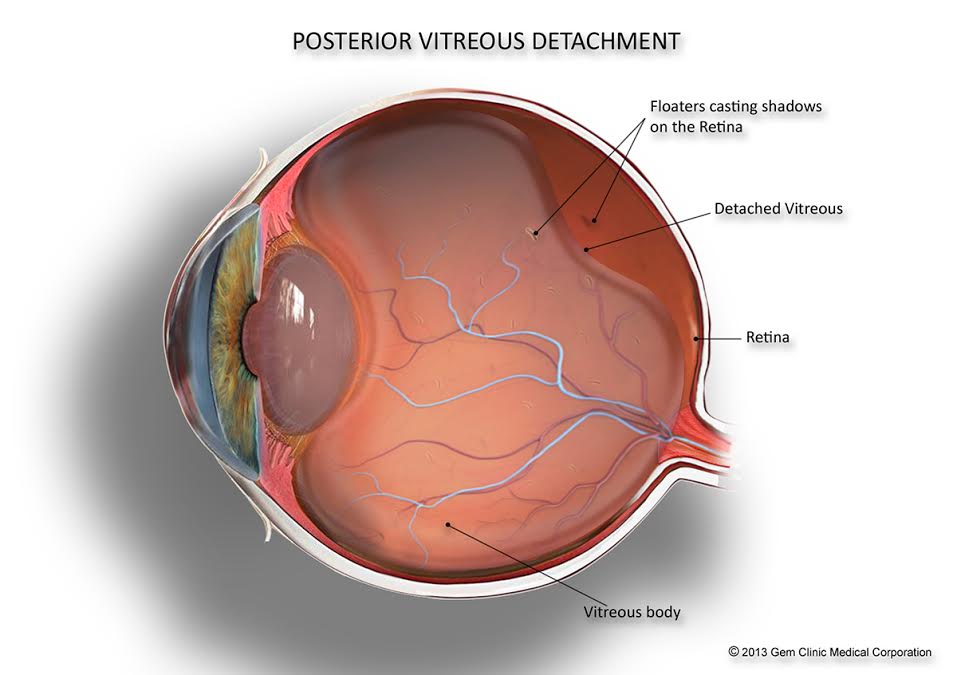Experienced Retina Service Near Me: Comprehensive Eye Treatment Solutions
Experienced Retina Service Near Me: Comprehensive Eye Treatment Solutions
Blog Article
Comprehending the Various Vision Correction Procedures Available for Clearer Sight
In the realm of vision adjustment treatments, a plethora of alternatives exist to attend to refractive mistakes and provide individuals with more clear sight. From the commonly identified LASIK surgical treatment to less invasive procedures like PRK and implantable lenses, the field of ophthalmology supplies a variety of techniques tailored to suit different needs and preferences. Each treatment includes its own set of considerations, benefits, and prospective threats. Recognizing the nuances of these vision correction methods is essential for making notified decisions regarding one's visual health and wellness. Let's discover the details of these treatments and shed light on the course to accomplishing enhanced vision clearness.
LASIK Surgical Treatment
LASIK surgical procedure is a typical refractive procedure made use of to remedy vision problems such as nearsightedness, farsightedness, and astigmatism. This surgical method, which stands for Laser-Assisted in Situ Keratomileusis, intends to reshape the cornea to enhance how light is concentrated on the retina, ultimately improving vision clearness.
One of the main advantages of LASIK surgical treatment is the fast enhancement in vision experienced by people. Generally, LASIK surgical procedure is a preferred selection for individuals looking for a lasting remedy for their vision issues.
PRK Treatment
While also a common refractive treatment, the PRK (Photorefractive Keratectomy) technique varies from LASIK surgery in its method to dealing with vision problems. In PRK, rather of developing a flap on the cornea, the outer layer of the cornea, called the epithelium, is completely gotten rid of. This permits the laser to improve the cornea to correct refractive errors such as astigmatism, farsightedness, and nearsightedness directly on the surface area.

Despite the longer healing time, PRK can generate superb cause vision improvement, making it a valuable alternative for those who may not appropriate candidates for LASIK surgical treatment.
Implantable Lenses
In comparison to PRK where the cornea is reshaped directly, implantable lenses provide an additional approach for dealing with vision by putting artificial lenses inside the eye. This treatment is especially helpful for people with high levels of farsightedness, nearsightedness, or astigmatism who may not be suitable prospects for laser surgeries like LASIK or PRK.
Implantable lenses, also known as phakic intraocular lenses, job by supplementing the eye's natural lens with a fabricated one. eyecare near me. These lenses can be put in front of the all-natural lens (anterior chamber) or behind the iris and before the natural lens (posterior chamber) By adjusting the power and positioning of these lenses, eye doctors can effectively correct refractive mistakes and improve visual acuity
One benefit of implantable lenses is that they are exchangeable and see post detachable, supplying versatility for future modifications. As with any surgical treatment, there are dangers entailed, such as infection or cataract formation. Clients considering implantable lenses must consult with an eye care specialist to establish the most ideal alternative based upon their individual demands and eye health.
Corneal Rings
Corneal rings, also called intracorneal ring sections, are small, transparent tools placed into the cornea to fix vision distortions such as keratoconus. Keratoconus is a problem where the cornea thins and bulges external, creating vision to end up being altered. The insertion of corneal rings helps to squash the cornea, improving aesthetic skill and minimizing the uneven astigmatism created by keratoconus.
The procedure for placing corneal rings is minimally intrusive and relatively quick, frequently performed as an outpatient treatment. During the surgical treatment, the eye doctor makes a tiny laceration in the cornea and inserts the rings at a certain depth. When in area, the rings help to improve the cornea, supplying a smoother surface area for light to get in the eye, which can result in clearer vision.
Corneal rings are considered a reversible procedure, as they can be eliminated or changed if essential. refractive surgeries in al. While they might not completely eliminate the requirement for glasses or get in touch with lenses, corneal rings can significantly improve vision high quality and general aesthetic comfort for people with keratoconus or various other corneal abnormalities
Refractive Lens Exchange
Adhering to the improvement of corneal abnormalities with treatments like corneal rings, an additional vision improvement technique that can address refractive errors is Refractive Lens Exchange (RLE) RLE is a surgery that entails changing the eye's natural lens with an artificial intraocular lens (IOL) to correct refractive errors such as presbyopia, nearsightedness, and farsightedness. This treatment is particularly beneficial for individuals who may not appropriate candidates for procedures like LASIK or PRK as a result of factors such as slim corneas or high refractive mistakes.

Final Thought
Finally, there are numerous vision adjustment treatments readily available to aid individuals accomplish clearer sight. LASIK surgery, PRK procedure, implantable lenses, corneal rings, and refractive lens exchange are all options that can resolve various vision issues. It is necessary for people to consult with their eye treatment copyright to establish one of the most ideal treatment based on their certain demands and choices. With innovations in modern technology, attaining enhanced vision is now much more easily accessible than in the past.
In the realm of vision correction treatments, a wide range of options exist to address refractive errors and offer people with clearer sight.LASIK surgical procedure is an usual refractive procedure used to correct vision troubles such as astigmatism, farsightedness, and nearsightedness.While likewise a typical refractive procedure, the PRK (Photorefractive Keratectomy) strategy differs from LASIK glaucoma service near me surgical procedure in its approach to fixing vision troubles.Complying with the adjustment of corneal abnormalities with procedures like corneal rings, one more vision correction method that can address refractive mistakes is Refractive Lens Exchange (RLE) LASIK surgical treatment, PRK procedure, implantable lenses, corneal rings, and refractive lens exchange are all alternatives that can attend to different vision problems.
Report this page